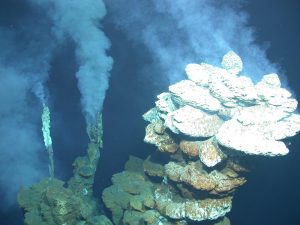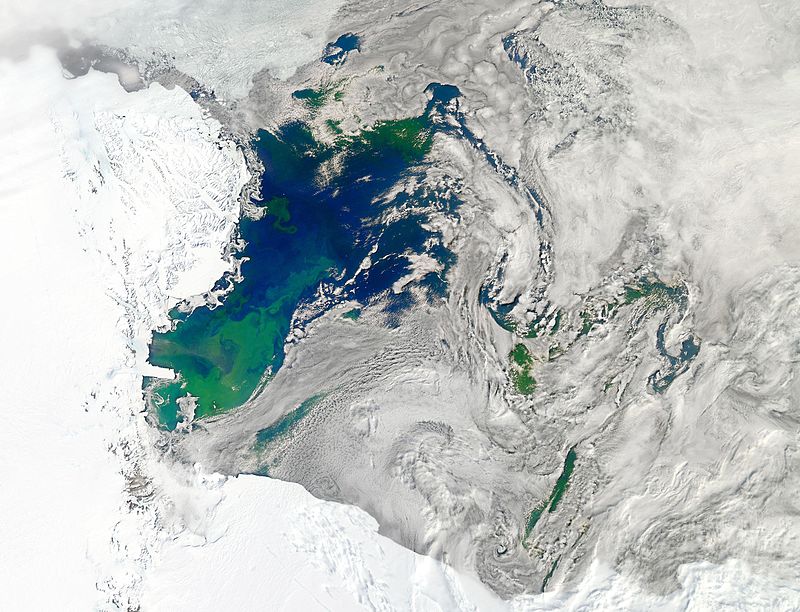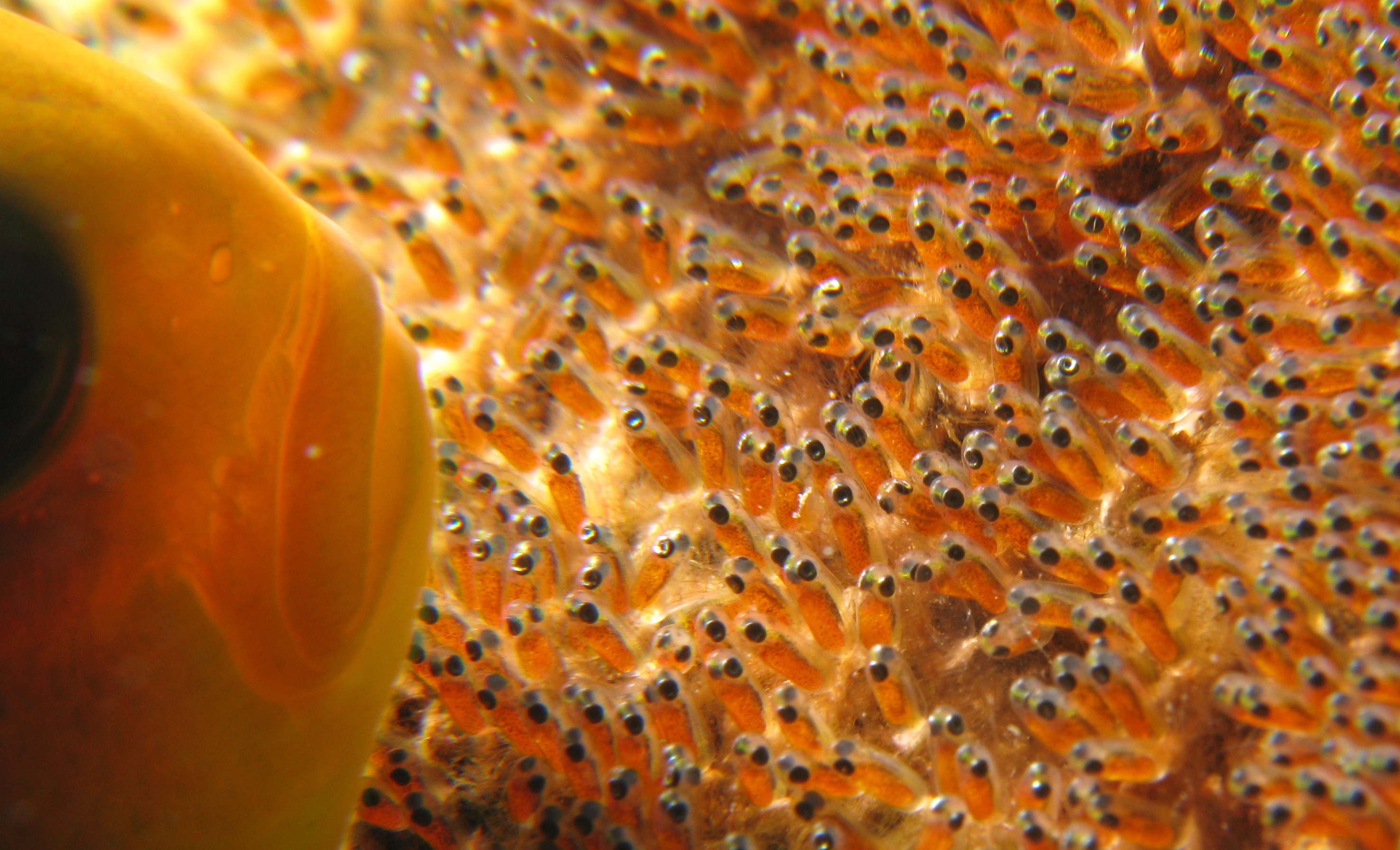Article: Schine CMS, Alderkamp AC, van Dijken G, Gerringa LJA, Sergi S, Laan P, van Haren H, van de Poll WH, Arrigo KR (2021) Massive Southern Ocean phytoplankton bloom fed by iron of possible hydrothermal origin. Nat Commun 12:1–11. https://doi.org/10.1038/s41467-021-21339-5

The Southern Ocean around Antarctica is one of the largest oceans on Earth and harbors billions of organisms called phytoplankton that utilize sunlight to produce energy. These phytoplankton represent the base of the food web in the Southern Ocean and are the primary food source for the Antarctic Krill, which is in turn eaten by the penguins, seals, and whales that live in this region.
Just as humans need food to fuel themselves, phytoplankton also need fuel in the form of nutrients. One of the key nutrients phytoplankton need to grow is iron. In cold, isolated regions like the Southern Ocean, there is not much iron available in the seawater. Most iron that enters the ocean comes from dust clouds off the continent of Africa. However, the Southern Ocean is far away from Africa so the dust does not reach these waters and less iron is available for phytoplankton to use. Despite this iron limitation, large phytoplankton blooms occur throughout the Southern Ocean in spring. In fact, an international group of scientists recently discovered a new source of iron for phytoplankton in the Southern Ocean. This rather unexpected source is from the deep-sea, not from the atmosphere, and helps explain the presence of large phytoplankton blooms in the Southern Ocean.

Hydrothermal vents are dome-shaped structures located at the bottom of the ocean that transmit heat and minerals from the Earth’s crust to ocean waters. By doing so, they supply nutrients, such as iron, and energy to many deep-sea organisms that otherwise would not survive. The scientists in this study found that the iron sourced from hydrothermal vents along the Australian Antarctic Ridge supplied enough iron to support the large phytoplankton blooms observed in this region.
To achieve this discovery, scientists used a range of instruments including satellite imagery, modelling, and observations taken from an oceanographic research cruise in 2014. The location of the phytoplankton bloom was originally detected from the satellite imagery and then the research cruise sampled for iron and phytoplankton during the bloom. The scientists then used models to simulate particles travelling around the region of the hydrothermal vents to confirm the phytoplankton cells could actually be transported via currents near the hydrothermal vents to access the iron they produce.

This discovery is exciting because it helps to unravel the mystery of how phytoplankton grow in the Southern Ocean despite being isolated at the bottom of the Earth. The region where the hydrothermal vents and phytoplankton bloom were detected is part of the Ross Sea Marine Protected Area in Antarctica, which aims to conserve the local ecosystem from commercial industry and resource depletion. The scientists in this study used satellite imagery to show that the phytoplankton bloom creates a hotspot for larger organisms, such as Antarctic Krill and whales, because the phytoplankton act as a constant food supply for these animals. Therefore, continuing to monitor and uncover hotspots of phytoplankton in the Southern Ocean can reveal unexpected findings about how the Antarctic marine ecosystem supports itself despite its challenging climate.
I am a plankton ecologist focused on the effects of rapid climate change on phytoplankton and zooplankton populations and physiology. The major pillars of my research explore how global climate change (1) has and will impact long-term trends in plankton population dynamics and (2) has affected plankton physiology and feeding ecology.
As a Postdoctoral fellow of the Rhode Island Consortium for Coastal Ecology, Assessment, Innovation, and Modeling (RI-CAIM) I am analyzing the multi-decadal long-term plankton time series in Narragansett Bay. By identifying underlying environmental parameters driving plankton community dynamics my work will facilitate efforts to forecast important ecological phenomena in the region.


